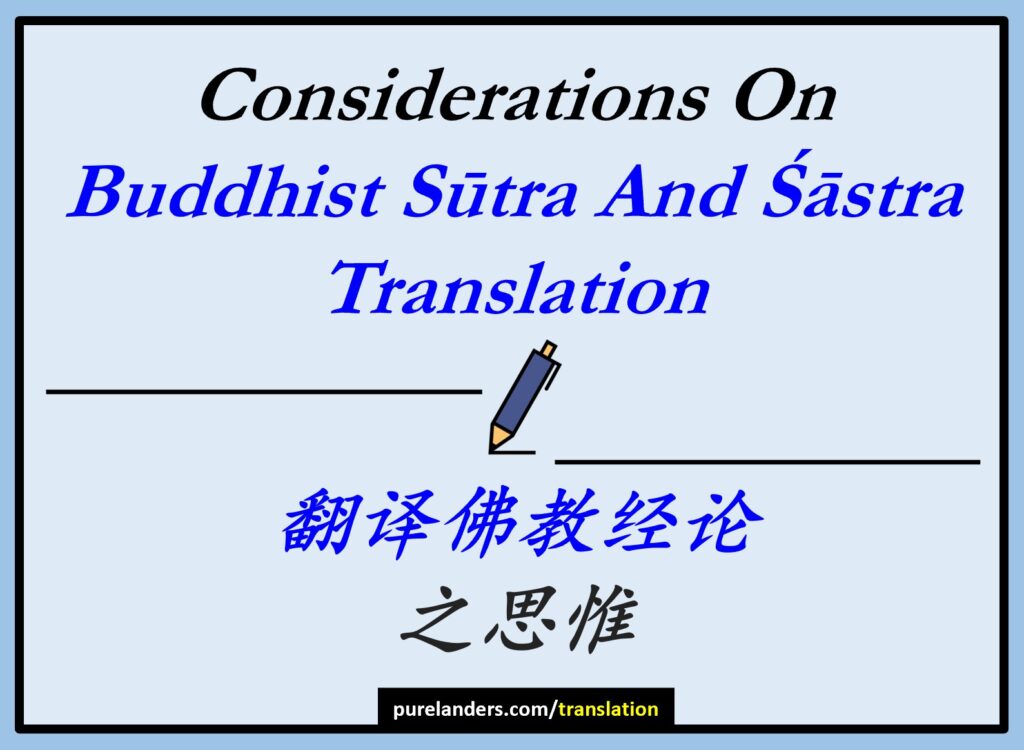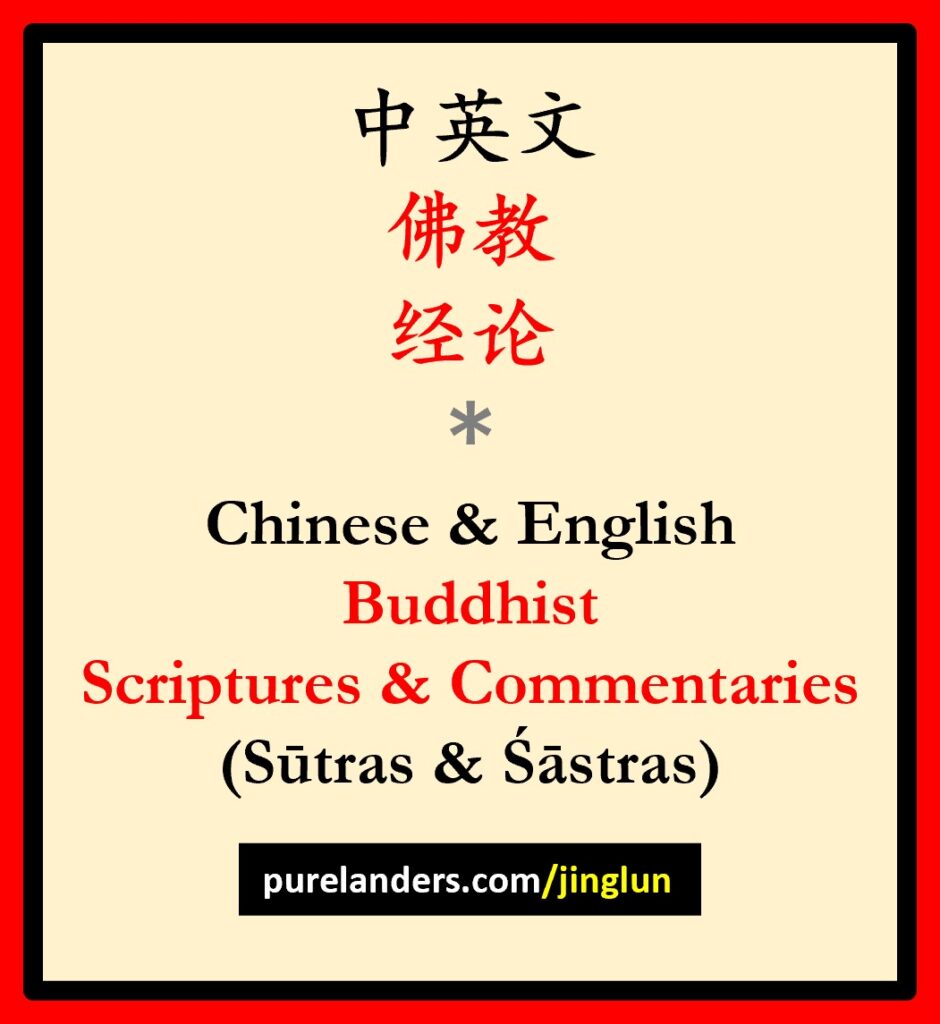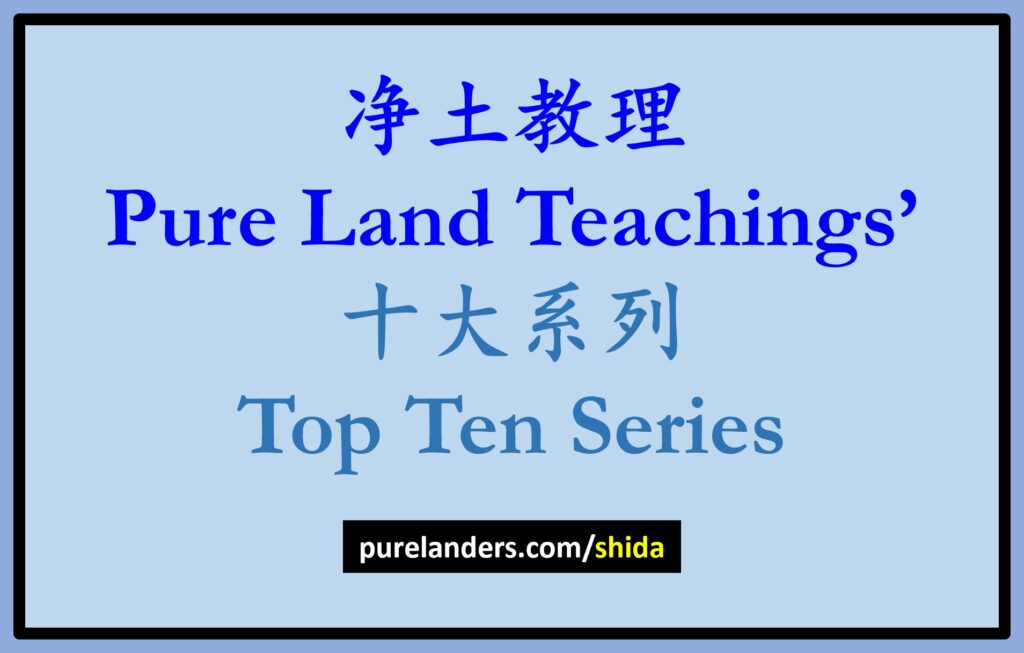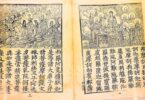[1] To translate is
to say it as it is,
not to comment with what it might or might not be.
[2] To translate is
to be exact to the letter,
not to be approximate in spirit.
[3] To translate is
to reflect as it is,
not to simplify or complicate, remove or add.
[4] To translate is
to be sequentially present,
not to arbitrarily rearrange.
[5] To translate is
to retain and convey wisdom,
not to lose it and add delusion.
[6] To translate is
to contemplate detailedly,
not to assume haphazardly.
[7] To translate is
to understand clearly,
not to miscomprehend grossly.
[8] To translate is
to share with more,
not to be content with less.
[9] To translate is
to learn more fully,
not to know incompletely.
[10] To translate is
to teach many more,
not to be satisfied with only some.
Written on International Translation Day, 30 September 2024
相关教理
Related Teachings:

Considerations On Buddhist Sūtra And Śāstra Translation
翻译佛教经论之思惟
https://purelanders.com/translation

Chinese And English Buddhist Scriptures And Commentaries
中英文佛教经论
https://purelanders.com/jinglun

Pure Land Teachings’ Top Ten Series
净土教理十大系列
https://purelanders.com/shida






Re: Isn’t that from Xuan Zang?
Reply: Partly it seems. Different translators can think alike, but differently too.